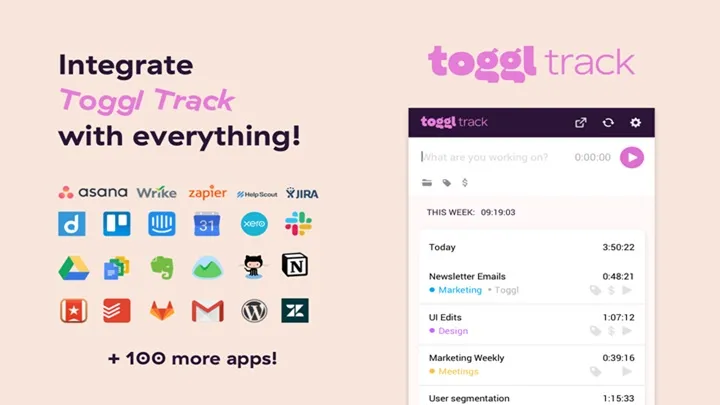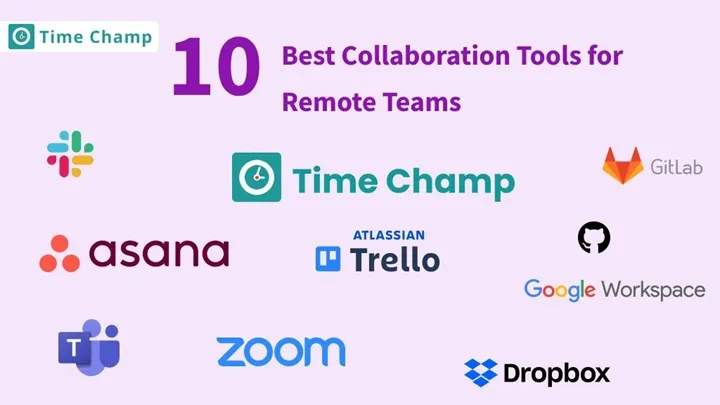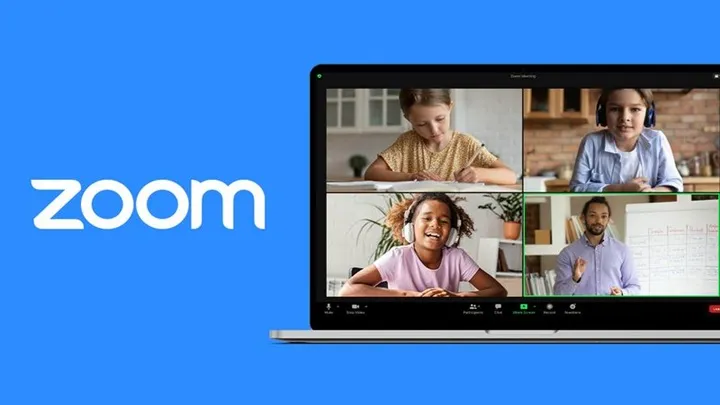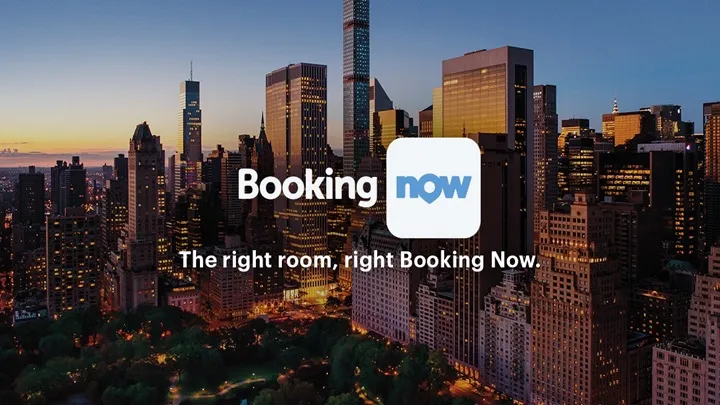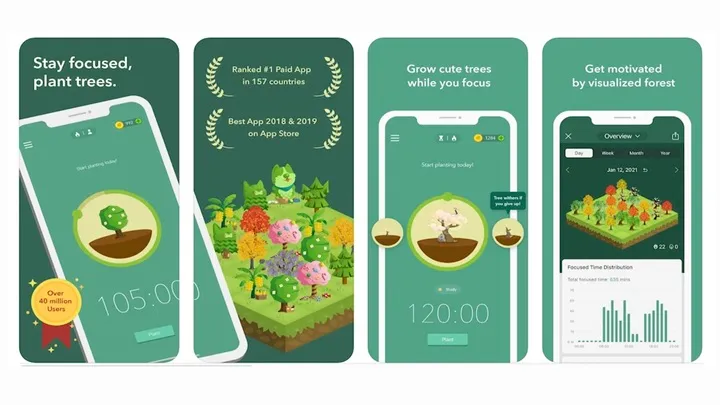Public transportation has become the lifeline of millions of people worldwide. Whether you’re a student heading to class, a professional commuting to work, or a traveler exploring a new city, timing is everything when it comes to buses. Nobody enjoys the stress of rushing to the stop only to find the bus already gone—or worse, standing in the cold or rain waiting endlessly.
Fortunately, technology has solved much of this problem. Real-time transit apps are transforming the way we navigate urban mobility. They provide live bus tracking, delay alerts, accurate arrival times, and even alternative route suggestions. This means you can plan better, save time, and eliminate the daily guesswork of commuting.
In this article, we’ll dive deep into 5 of the best real-time bus transit apps, exploring their standout features, usability, and why they’re must-haves for daily commuters and travelers alike.
Why Real-Time Transit Apps Are a Game Changer
Before we look at the apps themselves, it’s important to understand why these tools matter.
- Time Efficiency – No more arriving too early or missing buses because of outdated schedules.
- Stress-Free Travel – Reduce the anxiety of uncertainty with live updates on delays or cancellations.
- Sustainable Choice – Encourages more people to use public transport instead of driving, reducing congestion and emissions.
- Accessibility – Helps tourists, newcomers, and even locals navigate unfamiliar routes easily.
- Cost Savings – Avoid expensive last-minute rideshares when you can rely on timely buses.
In short, real-time transit apps are more than convenience—they’re reshaping how we move around cities.
1. Transit App
The Transit App is one of the most popular and highly-rated real-time bus tracking tools worldwide. Available in hundreds of cities, it’s designed with a clean, simple interface that prioritizes ease of use.
Key Features
- Real-Time Bus Tracking – See exactly where your bus is and when it will arrive.
- Trip Planner – Get suggestions for the fastest routes, including buses, subways, bikes, and ride-sharing.
- GO Mode – Step-by-step navigation that alerts you when to leave and notifies you about delays.
- Multimodal Integration – Seamlessly switch between buses, trams, and other transport options.
Why It Stands Out
Transit App is praised for being user-friendly and visually clear. It shows nearby transit lines the moment you open the app, making it extremely fast to check schedules.
Best For
- Daily commuters who want accurate real-time updates.
- Travelers in big cities looking for multi-transport options.
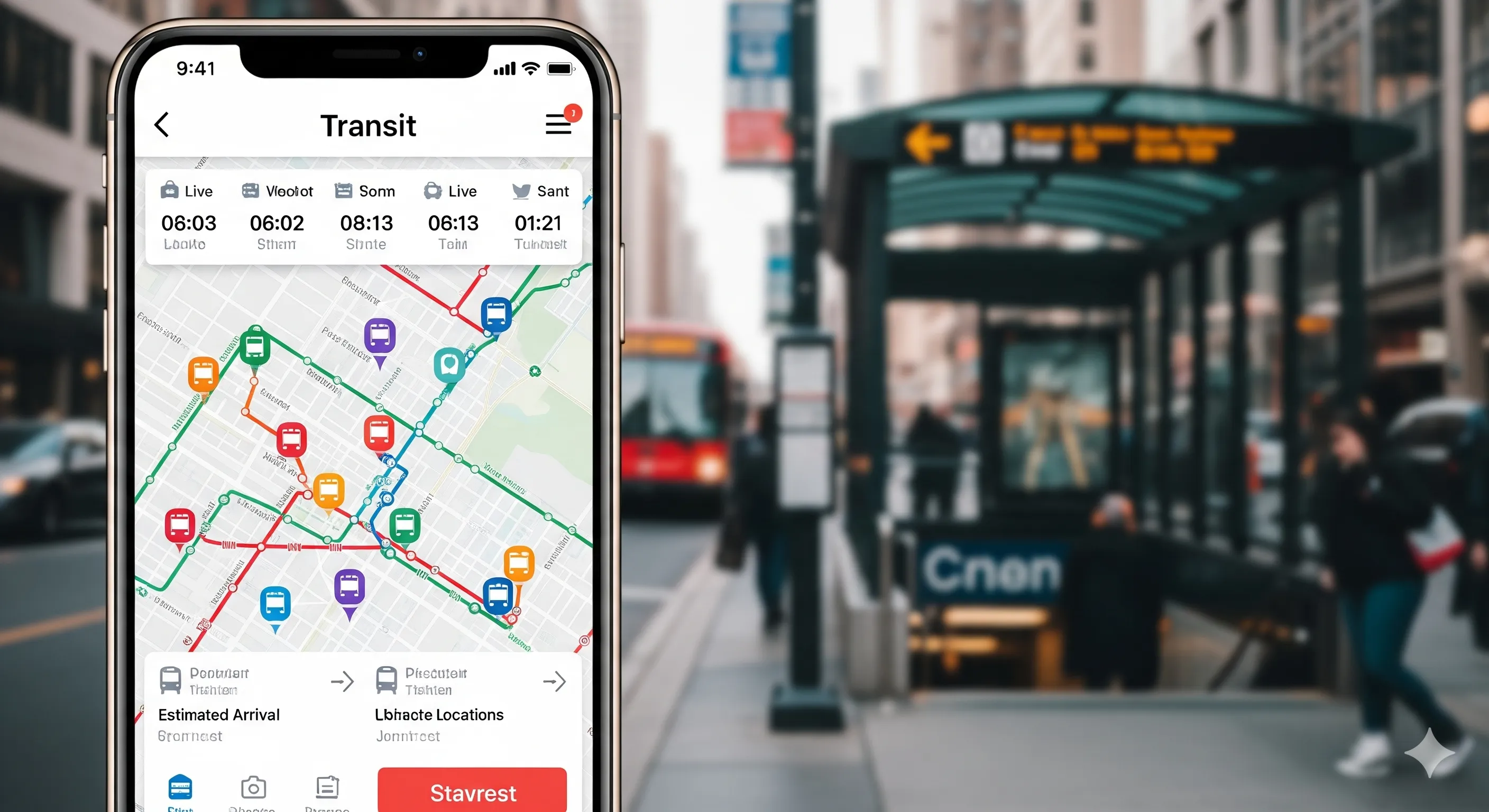
2. Moovit
Moovit is often referred to as the "Google Maps of public transit." With coverage in over 100+ countries and 3,000 cities, it is one of the most comprehensive transit apps available.
Key Features
- Live Arrival Times – Updated continuously to reflect delays and changes.
- Step-by-Step Navigation – Walk, ride, and transfer instructions.
- Accessibility Information – Special features for people with disabilities, including wheelchair-accessible routes.
- Community Reports – Riders can share real-time updates about service disruptions.
Why It Stands Out
Moovit shines in global reach. Whether you’re in New York, London, or Bangkok, chances are Moovit covers your area. The app also integrates e-scooters, ride-hailing, and bike-sharing into its trip planning.
Best For
- International travelers who need reliable transit info abroad.
- Commuters in cities with complex bus and metro networks.
3. Citymapper
If you want an app that goes beyond just bus arrivals, Citymapper is your go-to option. Known for its fun, colorful design and powerful features, it makes commuting not only easier but more enjoyable.
Key Features
- Real-Time Bus Tracking – Accurate live updates for buses and trains.
- Smart Route Options – Recommends the fastest, cheapest, or even “rain safe” routes.
- Cost Estimation – Calculates ticket prices and compares them with taxi or ride-hailing.
- Step-Free Routes – Accessible navigation for people with mobility challenges.
- Save Favorites – Quickly access your home-to-work route.
Why It Stands Out
Citymapper doesn’t just tell you when the bus arrives—it helps you choose the smartest way to get anywhere. From calorie counts for walking to money-saving tips, it’s designed for modern urban travelers.
Best For
- Tech-savvy users who love detailed insights.
- Commuters looking for the cheapest or fastest travel option.

4. Google Maps
While it’s not exclusively a transit app, Google Maps remains one of the most powerful tools for navigating public transport. Almost everyone has it installed, making it the most accessible option for casual users.
Key Features
- Live Bus and Train Schedules – Integrated with official transit systems.
- Real-Time Updates – Get delay and cancellation alerts directly from agencies.
- Offline Maps – Download routes for when you don’t have internet access.
- Multi-Transport Options – Walk, bike, drive, and ride public transit seamlessly.
Why It Stands Out
Google Maps is unmatched in availability. Whether you’re in a big city or a small town, it likely has bus information. The combination of maps, traffic updates, and transit makes it a one-stop solution.
Best For
- Occasional transit users.
- Travelers who already rely on Google Maps for navigation.
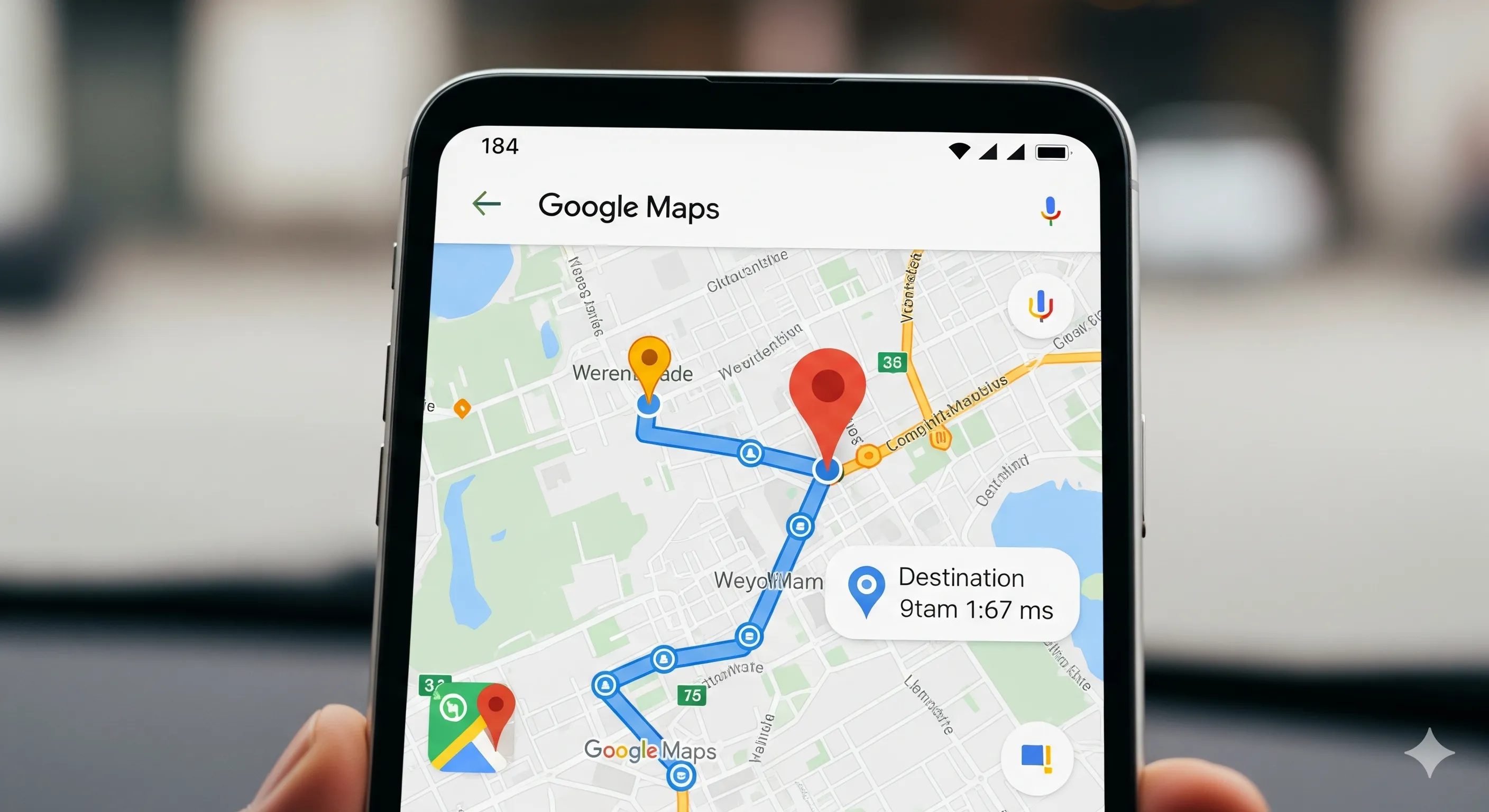
5. NextBus
NextBus specializes in providing accurate real-time bus predictions. It uses GPS data from transit authorities to calculate arrival times, making it extremely reliable.
Key Features
- Accurate Bus Predictions – Based on actual vehicle tracking.
- Customizable Alerts – Receive notifications for your usual routes.
- Simple Interface – Focused solely on real-time bus info without distractions.
- Transit Authority Integration – Directly linked to official city bus networks.
Why It Stands Out
Unlike other apps that cover everything, NextBus stays focused: helping you catch your bus on time. Its accuracy is its strongest advantage.
Best For
- Commuters who only need bus arrival times.
- People in cities where NextBus partners with transit agencies.
How to Choose the Best Transit App for You
With so many options, how do you know which app suits you best? Consider these factors:
- City Coverage – Some apps work better in certain cities. For example, Moovit and Transit App have broader global coverage.
- Features Needed – Do you just need bus times, or do you want a complete trip planner like Citymapper?
- Interface Preference – Some apps are data-heavy, others are minimalistic.
- Offline Capability – If you often travel where mobile data is limited, Google Maps’ offline mode is invaluable.
- Special Needs – Accessibility features in Moovit and Citymapper are crucial for some users.
The Future of Real-Time Transit Apps
The rise of AI and big data means these apps will only get smarter. Future improvements may include:
- Predictive AI Models – Anticipating delays before they happen.
- Seamless Payment Integration – Pay for your ride directly in the app.
- Eco-Friendly Suggestions – Prioritizing greener transport options.
- Smart City Integration – Working alongside traffic lights and urban systems for optimized routes.
As cities grow smarter, so will the apps that keep us moving.
Conclusion
In a world where time is precious, real-time transit apps have become essential companions for millions of commuters and travelers. Whether you choose the simplicity of Transit App, the global reach of Moovit, the intelligent features of Citymapper, the reliability of Google Maps, or the focused accuracy of NextBus, you’ll never have to worry about missing a bus again.
These apps don’t just save time—they reduce stress, improve accessibility, and encourage sustainable urban living. So, next time you’re heading to the bus stop, let technology guide the way.








